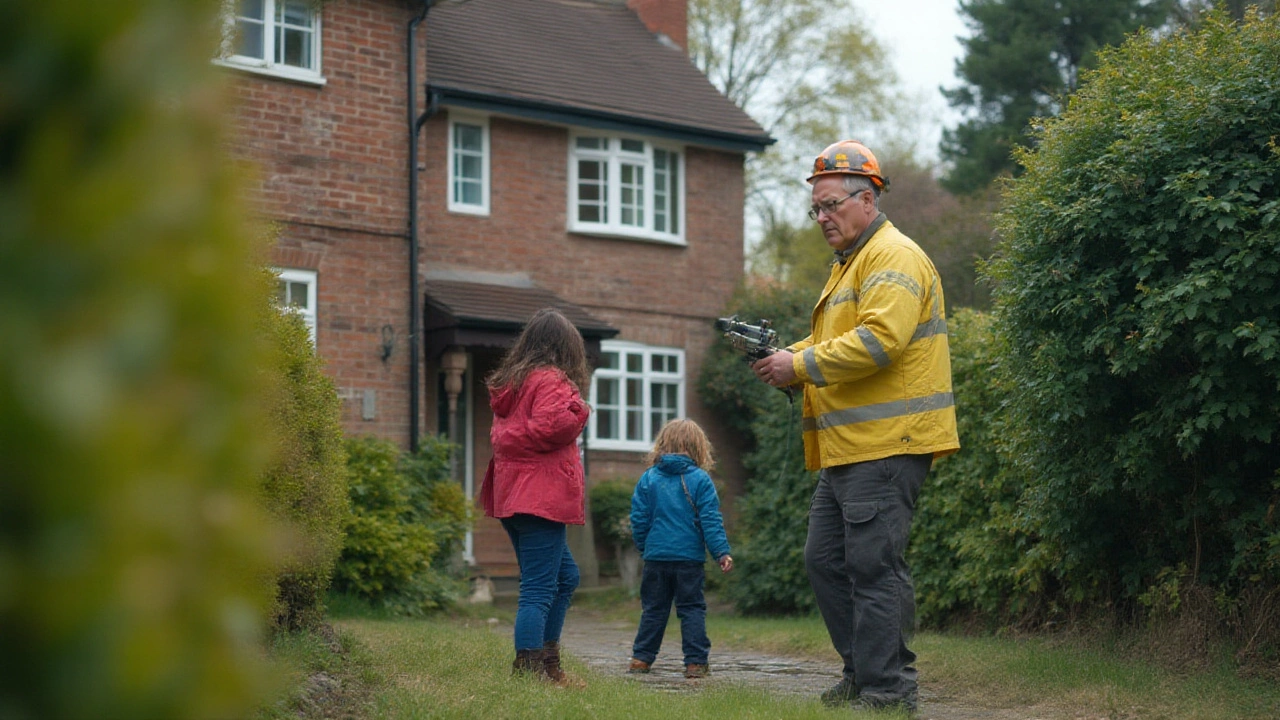Does Foundation Repair Work? Get the Facts You Need
You've spotted a crack in the slab or the walls are starting to lean. The first question on everyone’s mind is simple: does foundation repair actually work? Short answer – yes, when the right method is used and the problem is diagnosed correctly. Below we break down how the process works, what you can expect, and the signs that tell you it’s worth the investment.
How Foundation Repair Actually Works
Most foundation issues in the UK boil down to movement caused by soil shrinkage, water pressure, or poor original construction. Repair crews start by finding the exact cause – a structural engineer will inspect the crack, measure its width, and look for patterns that hint at subsidence or settlement.
Once the cause is clear, the typical steps are:
- Stabilise the soil. This might involve injecting expanding polyurethane foam or installing steel piers that reach stable ground.
- Seal the crack. For narrow cracks (under 3 mm) a specialised epoxy is pushed in, binding the concrete back together.
- Re‑level the slab. Hydraulic jacks lift the structure just enough to set it level before the support system is locked in place.
- Finish and protect. A waterproof membrane or improved drainage keeps future water damage at bay.
Each step is proven in practice – contractors who follow engineering guidelines see the house return to a stable state. The key is using the right material for the soil type and crack size. Skipping the soil assessment or using cheap cement usually leads to repeat problems.
When It’s Worth It – Signs to Look For
Not every hairline crack needs a full‑blown repair. Here are the red flags that mean you should act:
- Cracks wider than 3 mm that keep growing after a dry spell.
- Doors and windows that stick or won’t close properly.
- Uneven floors that bounce when you walk across.
- Visible tilting of walls or a leaning chimney.
- Recurring damp patches on interior walls, especially near foundations.
If you spot two or more of these, call a structural engineer before the problem gets worse. The cost of a proper repair – typically £5,000 – £15,000 for a typical UK home – is far less than losing value on a house that keeps developing new cracks.
Another practical tip: check your insurance policy. Many home policies exclude foundation damage unless you can prove it was caused by a covered event, like a burst pipe. Having a professional report from a qualified engineer can help you claim any eligible costs.
So, does it work? Yes, provided you choose a reputable contractor, get a proper diagnosis, and use the correct repair method. Cutting corners or ignoring early signs almost always leads to more damage and higher bills later.
Bottom line: if your home shows the warning signs, act fast. A solid foundation means a solid home – and peace of mind for years to come.

